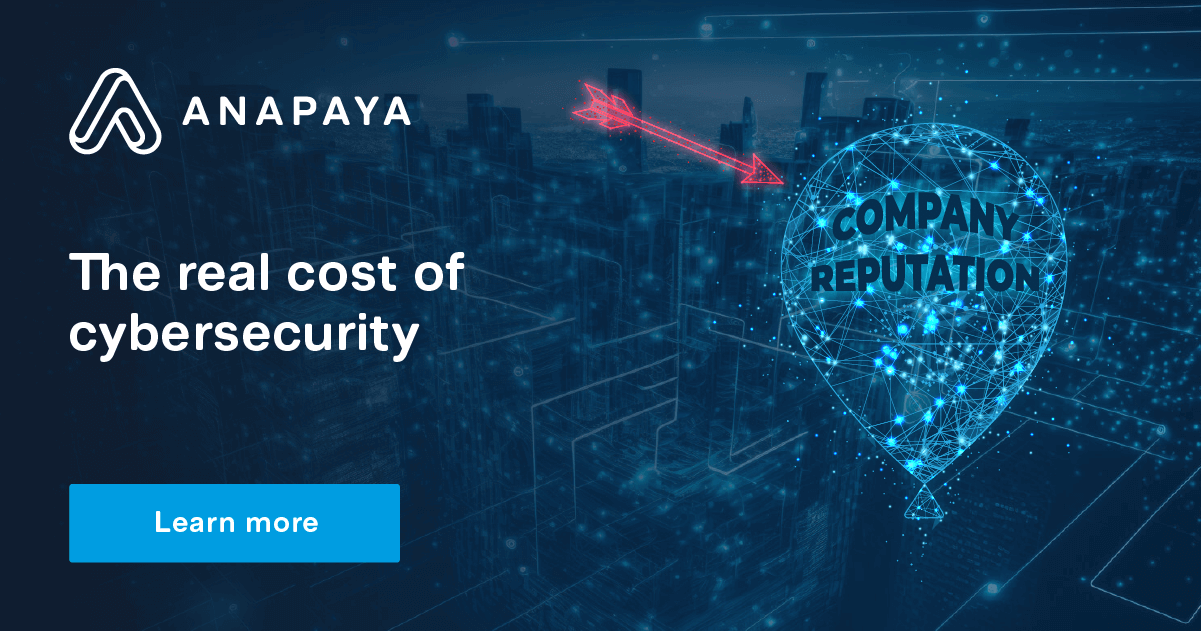Cybercrime is set to cost the world $10.5 trillion by 2025 - but what is it costing you?
From affordable VPNs and cloud security to productivity loss and intrusive anti-malware applications, being safe and sound is not cheap. Despite the cost, new vectors of attack are being developed by cybercriminals every day. As the industry grows, businesses worldwide need to be more cautious.
At $10.5 trillion, cybercrime represents the greatest transfer of economic wealth in history. It dwarfs leading legitimate industries, with the highest earner, Global Life & Health Insurance Carriers, Reaching only $4,629,2 billion in 2023. As it stands, it causes exponentially more damage than that inflicted by natural disasters in a year and will be more profitable than the global trade of all major illegal drugs combined.
To protect yourself with regular methods means that you’ll be spending some money every year just to keep your data safe - but is it worth it? In this blog, we’ll go through the true cost of cybersecurity and if there is a better way to protect yourself.
What does cybersecurity cost?
To answer this question, we have to look at both cybersecurity products and services. Depending on your needs, resources, and risk, you may wish to consider one or the other.
Cybersecurity products
Cybersecurity products come in various options that each perform specific security tasks. Having a solid foundation of products to secure your data and connectivity is the first step many companies take toward securing their connections.
Here are a few of the more popular product types and what they usually cost:
Firewall
Firewalls protect your data by checking any connections that enter your network. It often is the first defense against malware and unauthorized users. Should it pick up any suspicious activity, it blocks the user from accessing the network and your other devices - but firewalls can also be duped.
This is why keeping firewalls updated and monitored is critical for businesses.
The average cost of a firewall ranges from $70 to $596 per month, excluding hardware and installation costs.
Endpoint security
Endpoint detection and response (EDR) is a type of cybersecurity technology that focuses on identifying and addressing potential security threats at the endpoint, or individual devices, such as desktops, laptops, and mobile devices, in a network.
When a threat is detected, EDR systems can respond by isolating the affected endpoint, quarantining or deleting the suspicious file, or alerting security teams for further investigation.
Businesses can assume an average cost range of $6 - $12 per user per month.
Antivirus software
By now, most computer users know and understand antivirus software. It manages basic threats and monitors activity from malicious web pages, software, files, and applications. The problem with antivirus software is that it doesn’t protect you from ransomware, BGP hijacking, or DDoS attacks.
While it’s always good to have, especially for remote workers, it’s not the most effective tool for complete coverage.
Businesses should pay between $0 - $22 per user per month for basic antivirus.
Email protection
Businesses are a prime target for cybercriminals, and email is a favored vector. All the criminal needs to happen is for an unwitting employee to open an email in bad faith. This is where email protection products come into play.
Email protection solutions incorporate filters that evaluate emails before they are received. They are regularly updated to catch even the most advanced attempts at infiltrating a company.
Most businesses will pay between $0 - $6 per user per month for a quality email protection service.
Two-factor authentication
Two-factor authentication (2FA) is a security measure that adds an extra layer of protection to online accounts beyond just a password. With 2FA, users are required to provide two forms of identification to access their account, typically a password and a second authentication method, such as a fingerprint scan, a security token, or a code generated by an authentication app on their smartphone.
The purpose of 2FA is to make it more difficult for unauthorized users to access an account, even if they have obtained the account's password through phishing, hacking, or other means. By requiring a second factor, even if a password is stolen, an attacker would still need to provide the additional authentication method to gain access.
The cost for two-factor authentication can be $0 – $6 per user per month for your business.
Cybersecurity services
Products that help protect your connectivity are a good start - but they often can’t help resolve certain attacks. For example, serious DDoS attacks often require professionals to fix the issue, and it always helps to have a data protection expert on hand.
This is where cybersecurity services come in from companies that specialize in the trade. Their services and audits can keep your data protected and give you a consulting partner to help with best practices.
These companies usually charge per user and can be anywhere in the realm of $75 -$100 per user.
However, it should be noted that cybersecurity companies can also charge more for added services such as:
- Backup and disaster recovery - $232 - $710.00
- Security awareness training - $1,200.00 a year
- Cybersecurity audit - $1,800.00
How much do businesses pay?
Based on the above estimates*, the larger businesses are, the more they pay. While this scaling cost is good for smaller businesses, it quickly adds up for larger enterprises.
Products
Small businesses (40 people) can expect to pay: $2,436.00 a year
Medium businesses (100 people) can expect to pay: $5,196.00 a year
Large businesses (250 people) can expect to pay: $12,095.00 a year
Service (excluding extras)
Small businesses (40 people) can expect to pay: $4,000.00 a year.
Medium businesses (100 people) can expect to pay: $10,000.00 a year
Large businesses (250 people) can expect to pay: $25,000.00 a year
Beyond monetary costs, cyber attacks can also damage your company's reputation and customer trust.
Is there a better way?
Expenses in security can quickly add up for businesses, yet organizations still pay the price to avoid falling victim to cybercrime. This has many considering if cybersecurity businesses and products have a captive audience operating in a ‘gudge’ purchase market. To make matters worse, no security business or product can guarantee complete security.
Strengthening your organization's defence system and avoiding losses is crucial, and SCION could be the key. SCION (Scalability, Control, and Isolation on Next-Generation Networks) from Anapaya is a next-generation networking technology that provides several benefits to businesses.
One of the primary benefits is its ability to provide protection against a range of cyber threats, including DDoS attacks, man-in-the-middle, and other types of network attacks. It also provides end-to-end encryption and authentication, ensuring that all data transmitted over the network is secure.
This way, SCION does the job of many security products in one solution and makes working security companies an option rather than a necessity. If you are interested in SCION and what it can do to protect your network, contact Anapaya today.
* Please note that the costs mentioned in this article are based on specific solutions and may not reflect the total cost of cybersecurity for every organization. The actual cost can vary depending on the size and industry of the company, as well as the solutions required to protect them from cyber threats.
TAGS:
Cybersecurity









